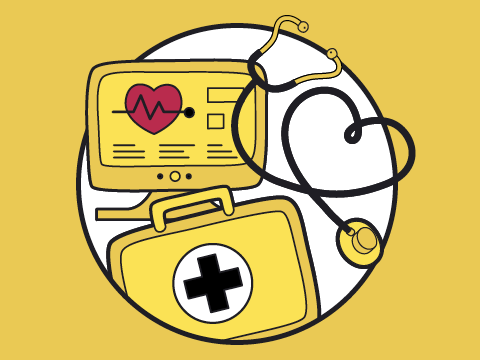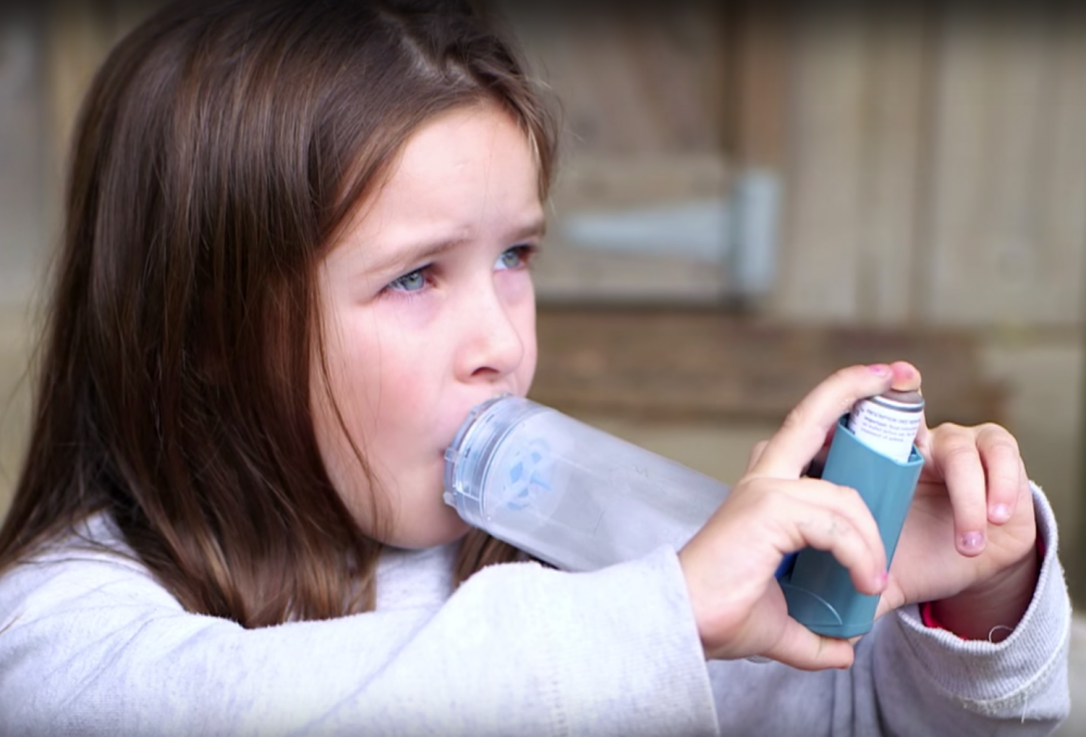Ensure safety and wellbeing | Haumarutanga
Work with whānau to create health and safety plans that proactively meet health requirements before ākonga transition to their new environment.
On this page:
On this page:
Current page section: Ensure safety and wellbeing | Haumarutanga
Go to top of current page: Ensure safety and wellbeing | Haumarutanga
Go to top of current page: Ensure safety and wellbeing | Haumarutanga
Go to top of current page: Ensure safety and wellbeing | Haumarutanga
Why this matters | Te take
Why this matters | Te take
By working with whānau to provide a safe and supportive environment, ākonga can focus on learning and confidently adapt to their new environment.
"Mauri taiao, mauri ora"
A healthy and safe environment reflects in the wellbeing of people.

Source: Ministry of Education | Te Tāhuhu o te Mātauranga
Navigating new environments safely | Wāhi haumaru
Navigating new environments safely | Wāhi haumaru
Navigating a new environment can be overwhelming. Seek clarity and regularly check in with whānau about their sense of security for their child.
- Identify and address whānau concerns about safety in the new environment well in advance.
- Provide whānau with information and solutions for safely navigating the new school. This includes pick-ups and drop-offs, start times, and important events.
- Provide information on class protocols for activities and outings.
- Ask for specific information about health needs, medication, and toileting requirements.
Address sensory needs | Ngā matea tairongo
Address sensory needs | Ngā matea tairongo
General guidelines for sensory safety:
- Start small: Observe, note triggers, and ask students and whānau what works for them.
- Use visuals, sensory profiles, or routines to prepare students for changing environments.
- Ensure emergency procedures (for example, fire alarms, lockdowns) are explained in advance with clear supports in place.
- Reflect regularly: Is the environment enhancing or overwhelming this learner’s hauora?
Access medical equipment | Ngā taputapu taituarā
Access medical equipment | Ngā taputapu taituarā
Ask whānau about additional equipment required (for example, epi pens, blood sugar monitors or medication). Agree to share safety information between home and school.

Source: Tātai Aho Rau Core Education
Useful resources | He rauemi
Useful resources | He rauemi

Health and safety plans
Sometimes a young person may need a specific support plan to maintain wellbeing and safety.
Publisher: Ministry of Education NZ
Download DOCX (22 KB)

Health care plans
This is a printable example of a health care plan that can be tailored to ākonga needs.
Publisher: Ministry of Education NZ
Download DOCX (32 KB)

Aramai He Tētēkura – A guide to prevent distress and minimise the use of physical restraint
These guidelines can be tailored, in partnership with whānau, to meet the needs of ākonga.
Download PDF
Next steps
More suggestions for implementing the strategy “Nurture whānau partnerships | Whanaungatanga”:
-
Current page Ensure safety and wellbeing | Haumarutanga
Return to the guide “Te Ara Ako – Learning pathways in times of change”
How to use this site
Guide to Index of the guide: Te Ara Ako – Learning pathways in times of change
Understand:
Strategies for action:
-
Nurture whānau partnerships | WhanaungatangaShow suggestions for Nurture whānau partnerships | Whanaungatanga
-
Develop ākonga partnerships | Te mahi tahi me ngā ākongaShow suggestions for Develop ākonga partnerships | Te mahi tahi me ngā ākonga
-
Prepare your environment | Te whakarite wāhi akoShow suggestions for Prepare your environment | Te whakarite wāhi ako
-
Working as a team | He whānau kotahi tātouShow suggestions for Working as a team | He whānau kotahi tātou

